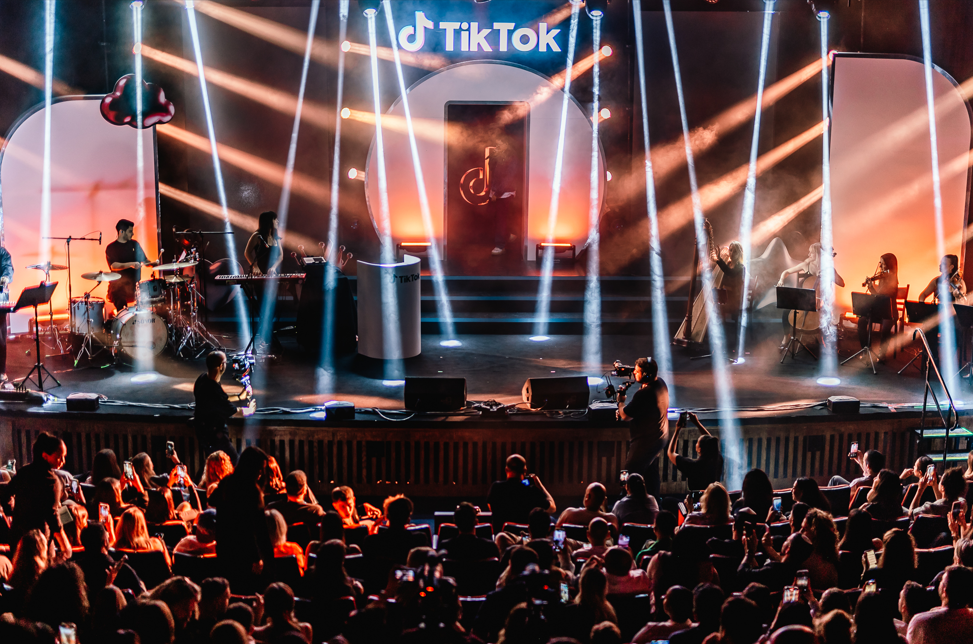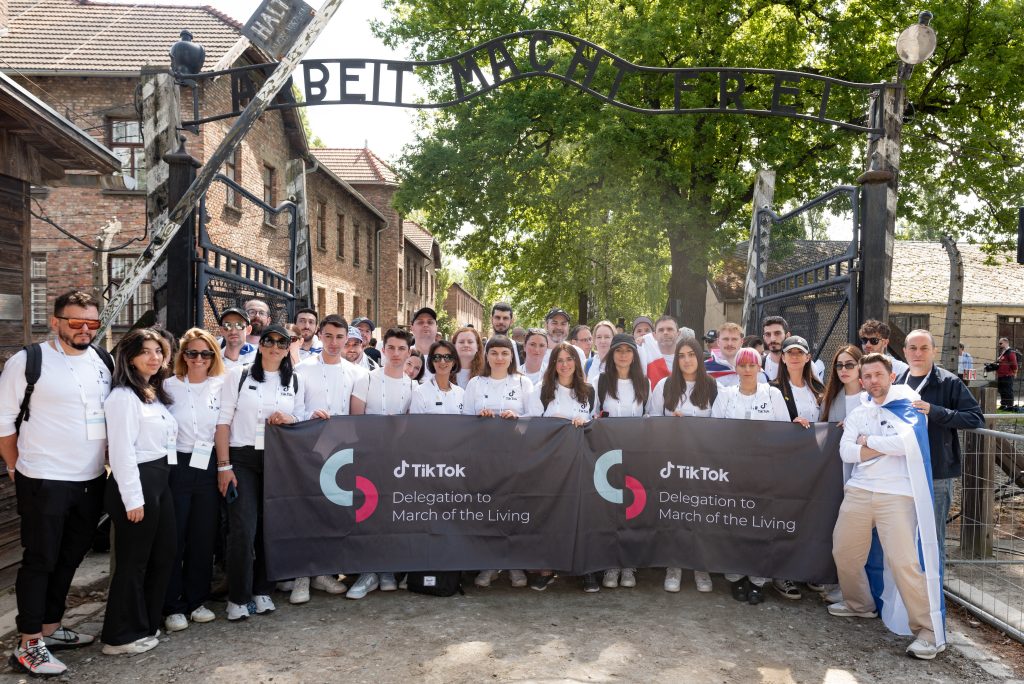After its cancellation, for the first time in its history due to the Corona virus, the March of the Living was movedonline and received a new life. President Rivlin wrote an exciting message, the Habima Theater adopted the concept and even the New York Times covered the story.
"We have found a solution that binds our digital and media capabilities and is also a relevant communicator for young people and adults around the world," stated Moshe Debby, Chairman of the Debby Group, which led the campaign.
March of the Living’s Digital Memory campaign has conquered the networks and media. More than 14,000 people participated in drafting personal memorial signs, led by the Debby Group. The project was communicated all over the world, including in the New York Times.
The digital side of this initiative, including the establishment of the special website, was managed by the digital department Debby & Ron, and the Debby Group was responsible for public relations in Israel. Chen Mazig and Josh Hartman were in charge of International public relations. At March of the Living, the move was led by the Chairman, Dr. Shmuel Rosenman, and his deputy, Baruch Adler, together with Revital Yakin Krakovsky, Director of Strategy and Impact.
"The Virtual March of the Living campaign is an example of an innovative 360-degree move, a combination of PR and digital media," explained Ron Shelly, founder and managing partner of Debby & Ron. "We started by creating a story that allows everyone to take part. We shared the stage with everyone and connected a community that works together for a greater cause. We added thought leaders to the community who empowered the story through their channels and created a prominent and recognizable visual language to put the story together."
"In the second phase, we launched a global media campaign and set up an online campaign that together made the move viral," Shelly added. "When the epidemic began, we feared that this year the important enterprise of the March of the Living would not take place for the first time in 32 years. Now, after Holocaust Remembrance Day, the results of the campaign give special and touching meaning to the important story of the march, that despite all the difficulty, continued to perpetuate the story of the existence of the Jewish people and the war against anti-Semitism."
This is the first time in 32 years that the March of the Living, one of the most prominent Holocaust Remembrance Day events, has not taken place. One of the most touching moments in the march is the placement of small personal memorial signs, which each participant in the march receives and writes in his or her own handwriting, at the entrance to Birkenau. In the new project, users from around the world "placed" virtual memory signs via the Internet.
Many partners joined the project. The Habima National Theater projected the signs on the wall of their building during a special memorial event they held, with the participation of leading actors who also wrote signs themselves. The Israel Football Association was also involved and leading players such as Eran Zahavi and Bibras Natkho wrote touching signs. Yedioth Ahronoth Group promoted the outcomes of the initiative on theirplatforms.
The first participant in the digital initiative was President Reuven Rivlin. He was followed by Holocaust survivors and their families, all heads of the Security Forces, Chairman of the Jewish Agency, US Ambassador to Israel David Friedman, Israeli Ambassador to the United States Ron Dermer, Habima National Theater actors, Shlomo Artzi, Beitar Jerusalem players, the Israeli National Football Team, including player Eran Zehavi, Moran Atias, Ivri Lider and thousands of other participants from 60 countries.
What makes a PR move innovative? What exactly is the 360 media strategy? The virtual March of the Living campaign we led at the Debby Group provides us with the answers. An initiative that resulted in over 14,000 commemorative signs put up by people from 60 countries, dozens of news items in Israel and around the world, in major media outlets, on the front pages of newspapers and opening items on the web. How did we reach such an impact? We started by creating a story that has a history, but also a present and an imperativefor the future, one that allows everyone to take part in it. We opened the stage and allowed everyone to tell their personal story and share it with others.
We connected a community that works together for the greater cause, under the message Never Means Never, which gives actual meaning to the immortal promise Never Again. We added to the community opinion leaders from the worlds of art and culture, government, business and sports, who gave personal expression to the story through their channels – and we packed all of these together in a prominent and recognizable visual language. In the second phase, we launched a global media campaign, parallel to an online campaign, which together made the initiative go viral. Since the outbreak of the Corona virus, we have feared that the important enterprise of the March of Living will stop for the first time in 32 years. Tonight, the eve of Holocaust Remembrance Day, the results of the campaign give special meaning to March of the Living’s narrative: we must continue to march, remember, appreciate and commit – for the sake of future generations.






